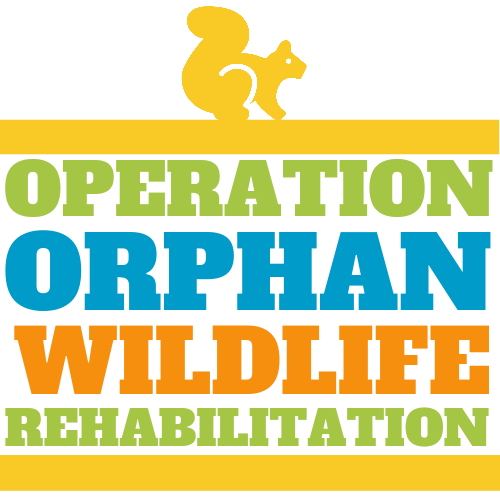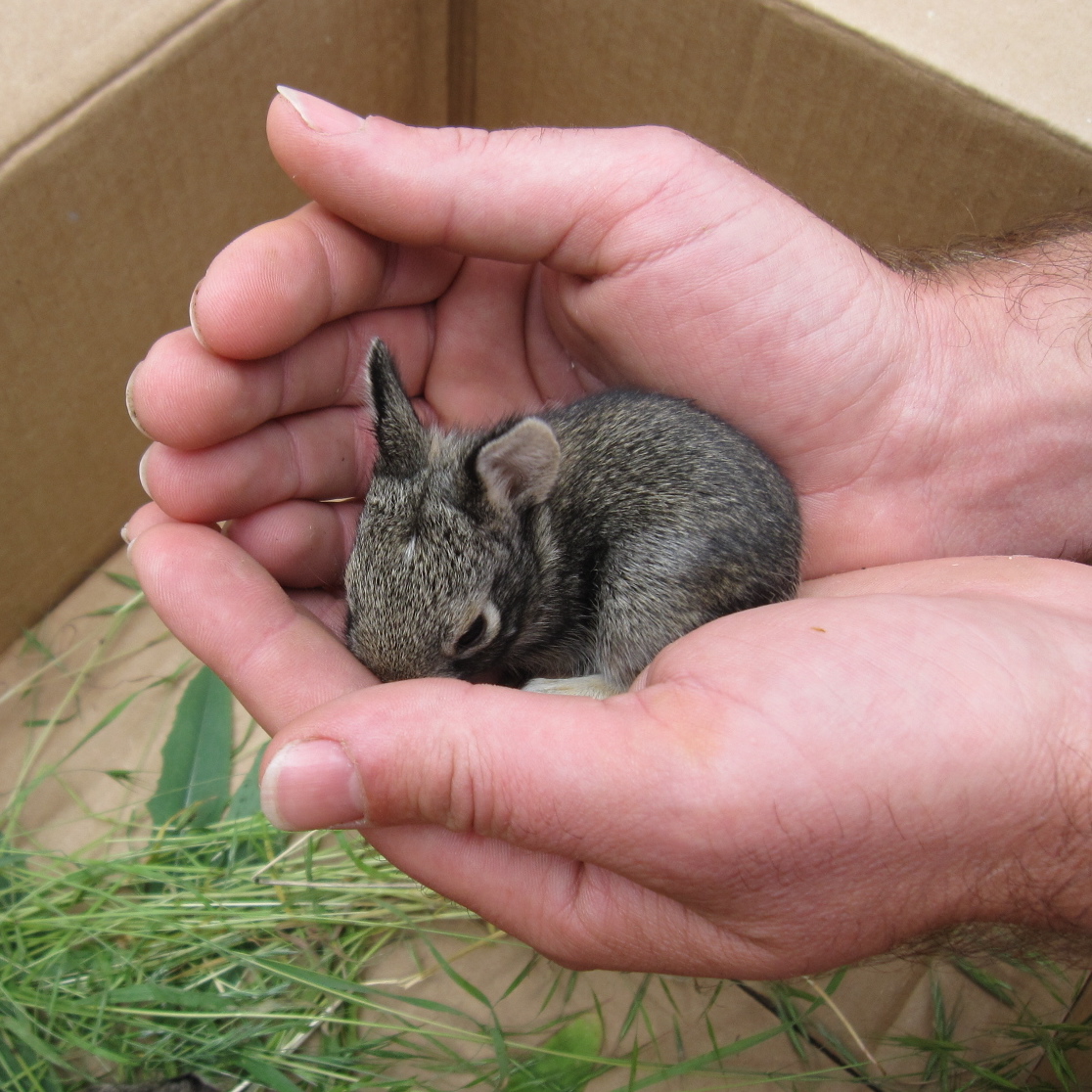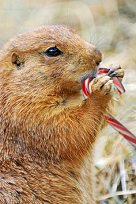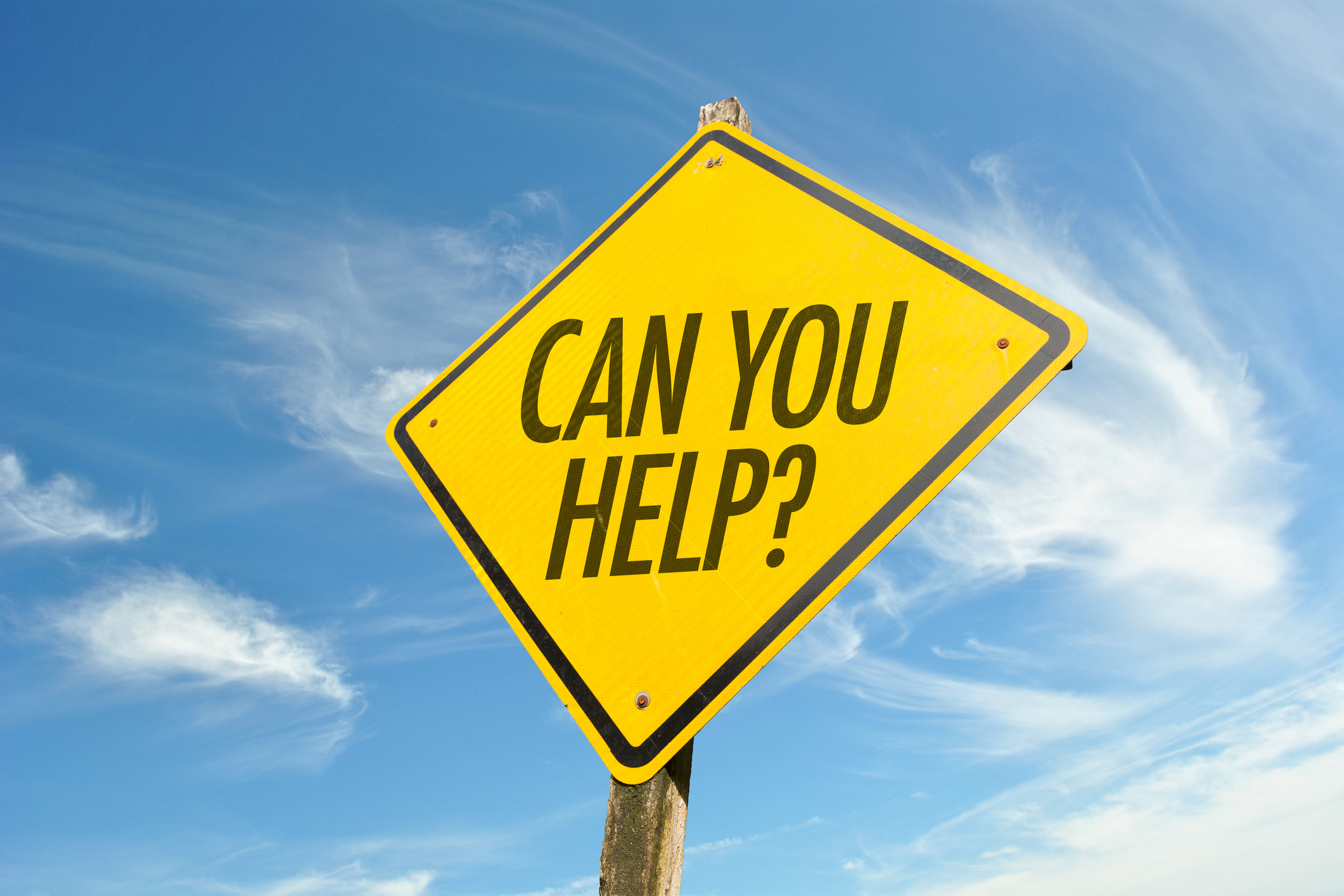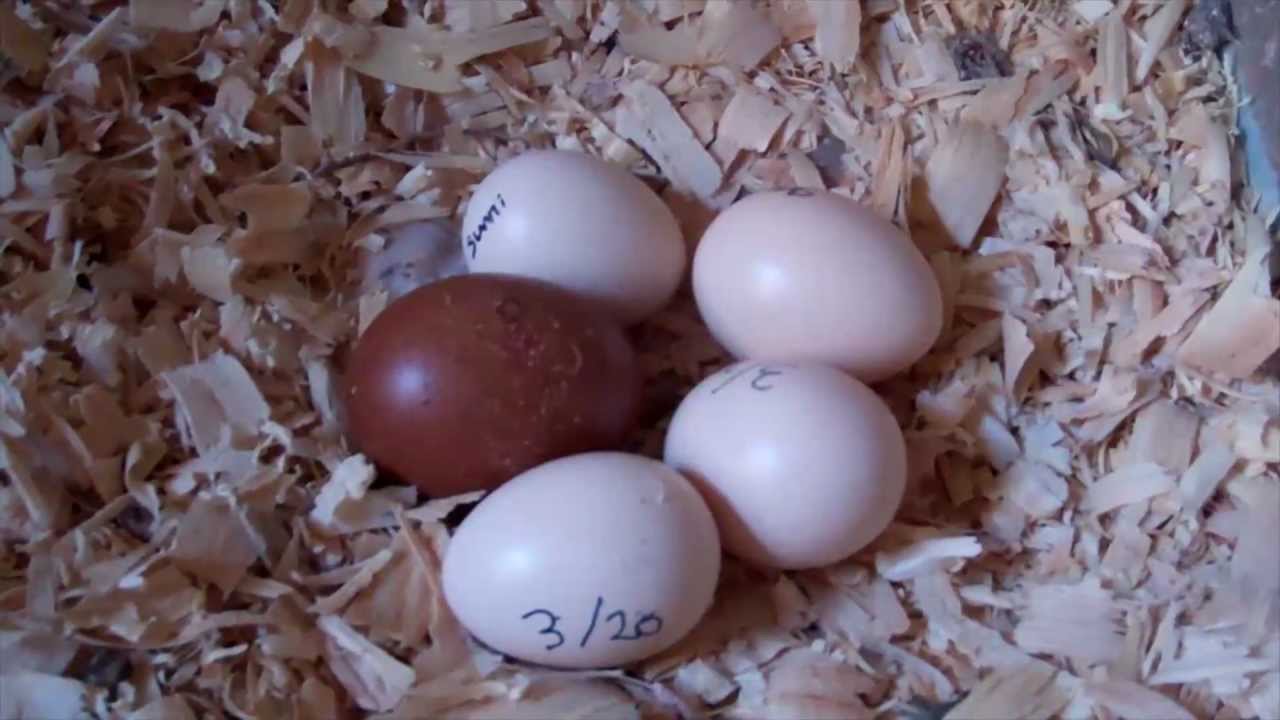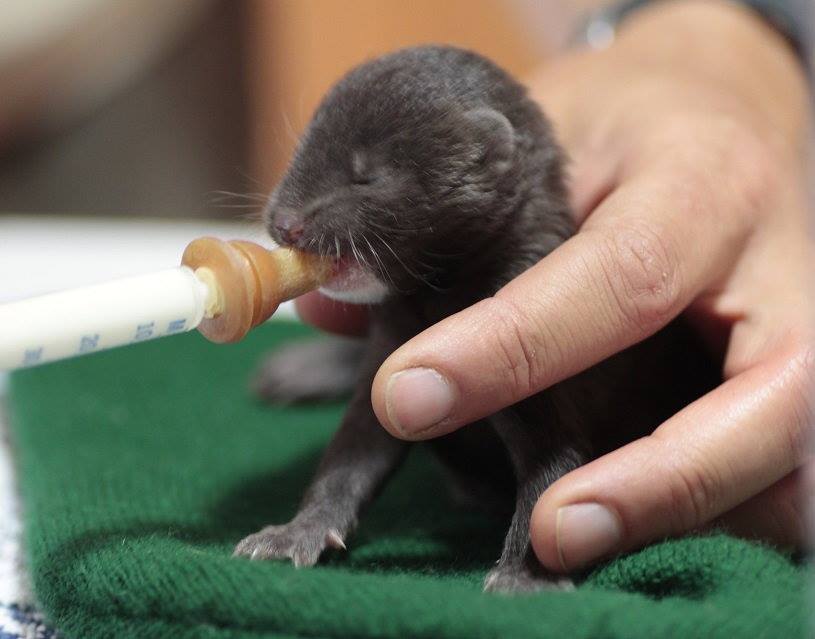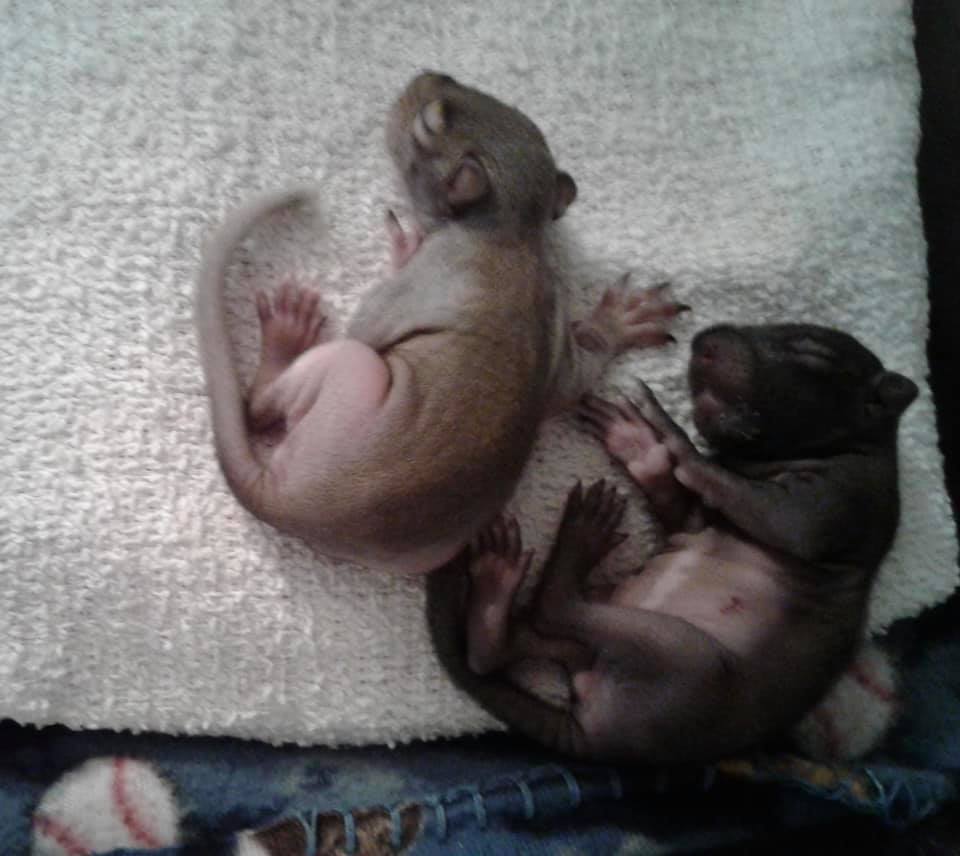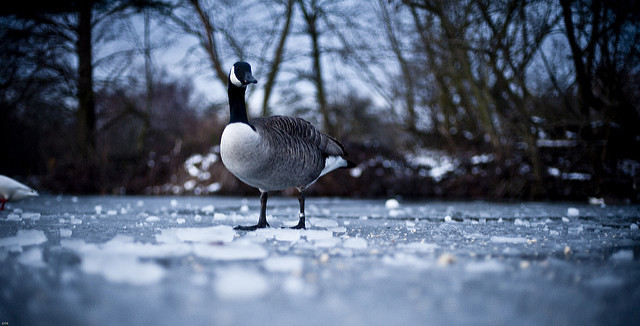Baby Season
It is that time of year once again: BABY SEASON
It is that time of year once again when may you see a baby animal in the wild all by itself, and your first thought may be that the baby is an orphan. However, at least 85% of baby animals seen by humans are not orphans –you may not see Mom for yourself but, believe me, she is not far away. Here are some instructions on what to do and what not to do when you encounter baby wildlife:
BABY SQUIRRELS
Baby squirrels are always the first babies to be brought to us. Many times it’s due to someone cutting down a tree with a nest in it. If you cut down a tree and baby squirrels are in it, do the following:
If you aren’t able to stop work right away and have to leave the area for awhile, place the babies in a box. Put a bottle (empty pop or water bottle works) of hot water, wrapped in a towel, in the box by the babies to keep them warm. Giving them a heat source will help the baby mammals survive. When you finish working, take some of the nest material and place it where the tree used to be. Place the babies in the nest material, lay the hot water bottle by them, and leave the area for a couple hours. Being scared herself, Mom will not return as long as she can see you. If after the time has passed and she has not taken her babies, contact a Wildlife Rehabilitator.
If squirrels are in your house and you know where the nest is, when Mom is out getting food, seal the spot where she is gaining entry and place the babies in a low box with a hot water bottle, and put the box near where Mom has been getting into the house. Give it a couple hours and she will move her babies. The really neat thing about squirrels is they do not make one nest, but two. If they feel their babies are in danger, they will move them to the other nest to keep them safe.
BABY WILD RABBITS
- Wild rabbits will build their nests in pretty ridiculous places: in the middle of the yard or ballfield, or even under the swing set.
- If you discover a nest, LEAVE IT ALONE. You don’t want human scent on the nest; predators will smell you on the nest and will be more easily drawn to the babies.
- Bunnies open their eyes at ten days old; at twelve, they come out of the nest to graze.
- When these tiny bunnies are out of the nest, don’t worry about them being in trouble; they are just doing what they are supposed to be doing.
- If your cat or dog discovers the nest, please do what you can to keep them away from the nest. (They leave the nest rather quickly, so you won’t need to control your animal for a long time.)
- If you have a brush pile you intend to burn, please check under it before setting it on fire. Every year, I get at least one litter that was under a brush pile that got burned from it being set on fire.
- If you run over a nest with the mower, babies with closed eyes will squat and freeze in the nest, but if the eyes are open, they will jump up and take off running. Unfortunately, sometimes they do not make it past the blade and are killed or injured. If injured, call a Rehabilitator. If unhurt, do not chase them. Try to rake as much of the nest material as possible back over the nest and then leave. The babies know where their nest is; when you leave the area, they will go back to the nest.
FAWNS
- If you see a fawn in your yard, do not go up and touch it. It is usually not an orphan, unless it has been crying and roaming for hours and hours. What happens is that the mother places the fawn in an area she feels it will be safe, which may even be near your house!
- The first month of its life, it hardly has any odor to its body (a coyote can pass inches away from it and never notice it). Mom will not let you see her with the fawn; if she catches scent of you or a predator, she leaves. To stay with the fawn would be to draw attention. But at a month old, the fawn will start following Mom.
BABY RACCOONS
- Raccoons may not be rehabilitated in 14 counties. They also may not be taken across county lines.
- If you have a raccoon nesting in your house, get it out soon! Find out where Mom is getting in, and when she is out eating, seal the entry point. Place the babies in a box low enough that Mom can get them out. Put a bottle of hot water wrapped in a towel with them and place the box close to where Mom is getting in. This is normally done at night.
- If a baby raccoon falls from a tree and its eyes are still closed, set it in a box with a bottle of hot water, and place the box at the base of the tree. Mom will normally get that baby after dark and take it back to the nest.
BABY OPOSSUMS
- As the exception to what I said before about wildlife babies being alone, the opossum is the only baby where if it is alone, it is really is an orphan.
- The babies are always with Mom until at least three months old. Without Mom they will not survive unless taken to a Rehabilitator.
If they are still in the pouch, get a firm grasp of the babies and pull until they release from the nipple. DO NOT CUT THE NIPPLE OFF. Remember to pull. When opossum are born they are no larger than a honey bee. They suck a string-like nipple thru a pin hole for a mouth. Once they have the nipple in their mouth, it swells so they do not lose it. They will stay attached to the nipple the first two month of their lives. It’s very important to keep them warm. Many people do not like opossum but they keep us healthy. They eat animals that have died, some with disease, but they do not get the disease; by cleaning up that animal they keep the disease from spreading.
Please enjoy the wildlife from a distance. If you think they are in trouble, make a phone call to a Rehabilitator before touching the animal. If you have any questions, I can be reached at 330-745-2947.
Copyright 2018 Fran Kitchen
Operation Orphan Wildlife Rehabilitation, Inc. is a NOT FOR PROFIT agency. It is supported solely by donations, which are tax deductible, plus memberships and educational programs. To make a donation go to: www.operationorphanwildlife.com
